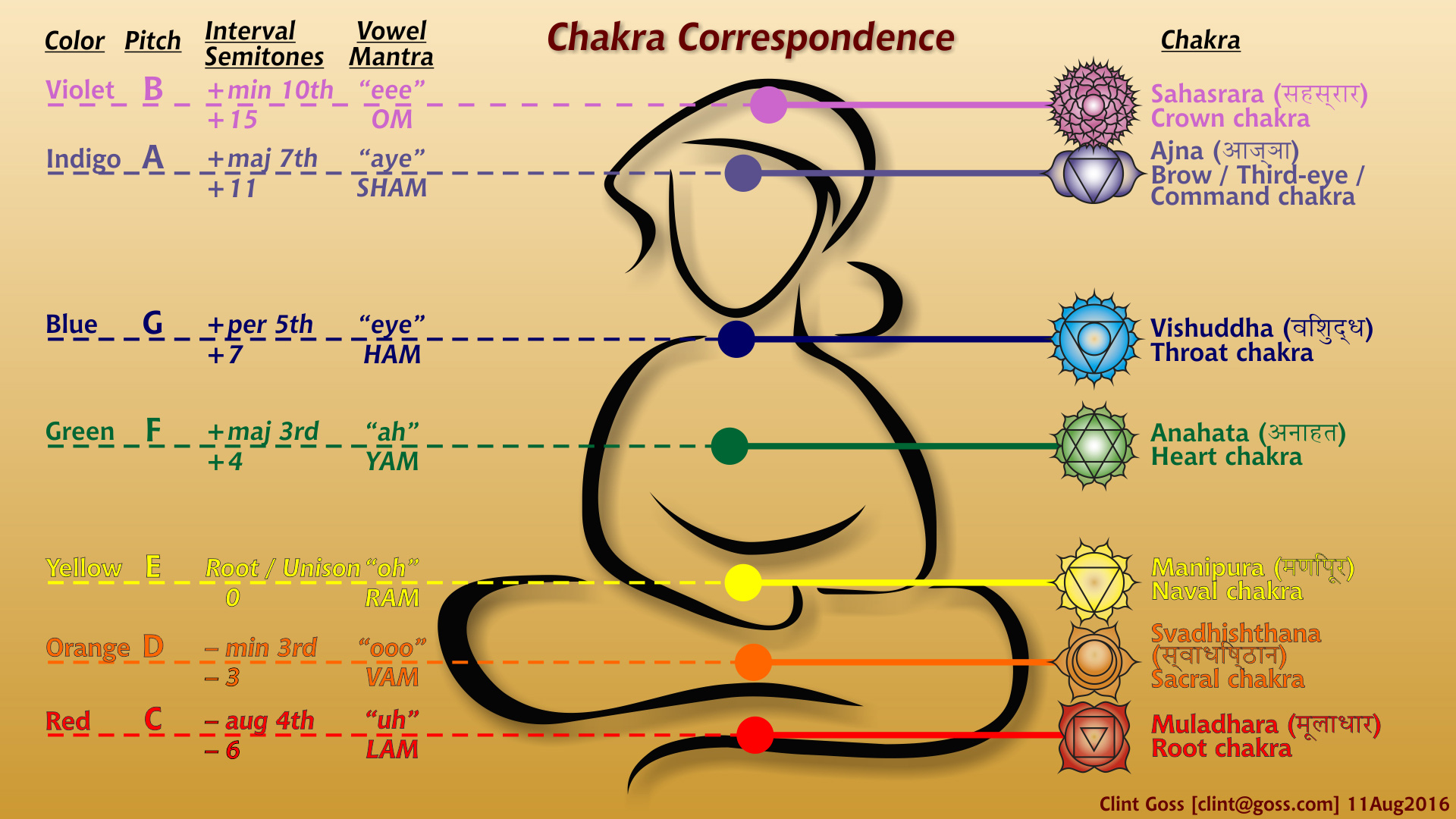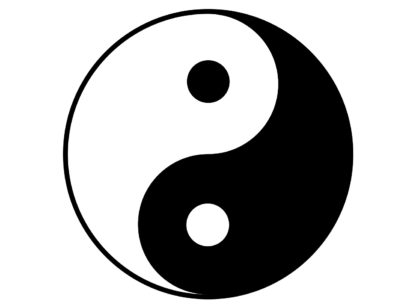This year has taken a toll on us all. Many feel out of balance, and anxiety, stress, fear and depression are on the rise. Amidst the chaos, more people than ever are turning to meditation, yoga and other calming practices to help restore balance while adding peace and tranquility to their day.

When considering self-care options, it’s important to remember your chakras, the energy centers that run along your spine from the base of your tailbone to the crown of your head. To function at their best, these important vessels need to stay open as blockages can create physical and emotional symptoms that can make you feel misaligned.
When some hear the word chakra, they think of new age nonsense, but the concept of these energy vortexes dates back thousands of years in Hinduism and Tibetan Buddhism, and science supports their claims.
What are chakras? Chakra is a Sanskrit word meaning “wheel.” We have seven main chakras (many more exist), and each ties to specific organs and glands, has measurable vibrational frequencies and is related to specific colors. How many colors in a rainbow? Seven, just as there are seven chakras. That is no coincidence.
Our seven chakras are located on the top of the head, in the center of the forehead, in your throat, your heart, just below your chest bone, below the navel and at the base of your spine. More detail on each of these to come…
What do they do? When your car engine is working in harmony, the car runs smoothly. This is because energy is flowing through the engine. Our bodies and minds are the same. Our energy centers also have “minds” of their own, and when in harmony, we are emotionally and spiritually balanced.
Think about this. Physically, if you feel hungry, your body sends a signal to the brain via neurotransmitters that it is time to eat. Emotionally, if you have a “gut feeling” about something, messages are also sent to your brain via an axis in your gut. That axis is your second chakra (located below the navel), which corresponds to your lower GI tract.
Correlation to color and sound. Stick with me here as this is fascinating stuff you may remember from science or music class…
Sound and light share the fundamental nature of vibration. And, even though the sounds we can hear have a much lower frequency than light that is visible to us, there is a range of sound frequencies that have corresponding consonant colors.1
Your chakra energy centers vibrate at frequencies and are measured in hertz (Hz). In science theory, it is called the light-sound bridge. This premise is the basis for how the chakra color scale was created.
So, let’s connect the dots. Below are the seven chakra centers (starting with the first) and their corresponding color, organs, tissues and vibration.
Root chakra. (red/magenta) Located at the base of the spine (the perineum), this chakra corresponds to the colon, skeleton bones and kidneys and vibrates to the key of C 396 Hz (think drumming). This energy force has one opening and can be challenging. It is where the kundalini (the “coiled serpent”) starts its climb up the energy centers. Your root chakra regulates the sympathetic nervous system (fight or flight) and when out of balance, can evoke fear or protectiveness.
Sacral chakra. (orange) Located below the navel, this chakra correlates to the lower GI tract, ovaries, testicles and sexual glands. It vibrates to the key of D 417 hz (Latin dance music) and affects romantic desires. When blocked, guilt and obsessiveness may prevail.
Solar plexus. (yellow) Located where your lower ribs attach to the breastbone, this chakra governs the digestive organs (stomach, small intestine, liver, pancreas, etc.) It supports our powers of discernment, allowing us to take in and “digest” information in an empowered way.2 Vibrating to the key of E 528 Hz (parade marches), when balanced it generates feelings of confident self-acceptance and will power.
Heart chakra. (green) This important middle chakra is located in the center of the chest. It corresponds to the heart and thymus gland promoting love, empathy, compassion and kindness. When blocked, one may lack caring and appreciation for others. It vibrates to the key of F 639 Hz (think choir music).
Throat chakra. (blue) Correlates with the thyroid and voice box, and thus, our ability to communicate, speak our truth and express ourselves. Holding secrets or not speaking up can throw it out of balance and can spur anger and violence. It vibrates to the key of G 741 Hz (opera music).
Third eye. (indigo) Located in the center of our forehead and connected to the pineal gland, eyes, ears and olfactory system, this chakra is linked to our sense of awareness and spirituality. It can help us become wiser and more intuitive, and when out of balance, it is harder to anticipate and remember things. It vibrates to the key of A
852 Hz (classical music).
Crown chakra. (violet) Located at the top of the head where our entire energetic being culminates. It governs the brain and pituitary gland and affects our intellectual functions and highest experiences of bliss. You often see a halo around this chakra as it is the supreme contact center with our higher being and generates happiness and overall health. It vibrates to the key of B 963 Hz (South African or sitar Indian music)
These imperative centers are opened and stimulated clinically through many modalities, including sound vibrations, acupuncture and tuning forks, as well as through meditation, imaging colors, crystals and chakra dance.
As acupuncturists, we are not treating any specific disease but rather unblocking and opening your energy centers to allow the body and mind to become more balanced and better tuned for enhanced self-healing.
Dr. Sheppard is a licensed acupuncturist and doctor of traditional Chinese medicine. She is the owner of AcQpoint Wellness Center in Palm Desert and can be reached at (760) 345.2200 or visit www.AcQPoint.com.
References:
1) www.flutopedia.com/sound_color.htm;
2) www.symmetryoga.com/chakras-mapping-the-emotional-body











































Comments (0)